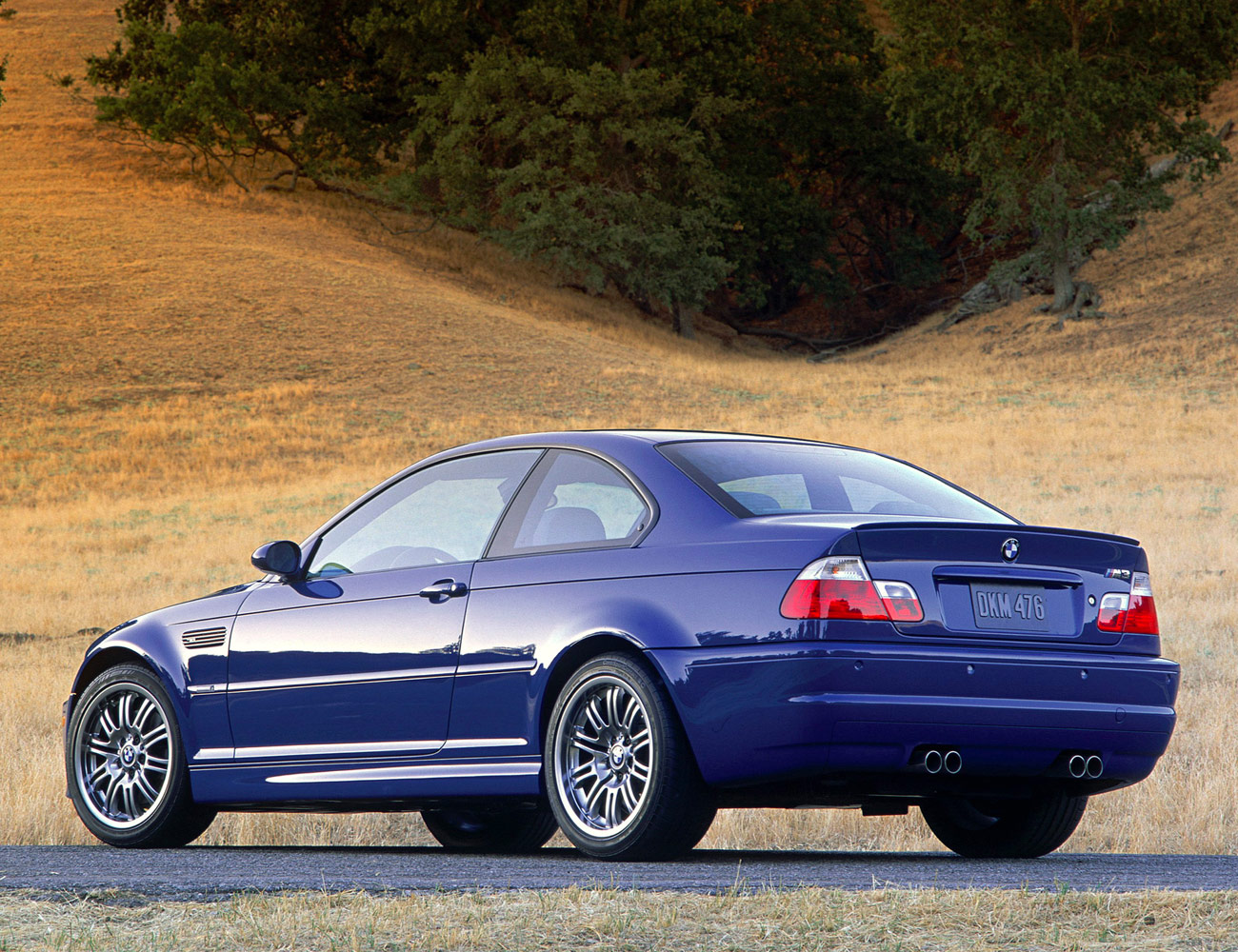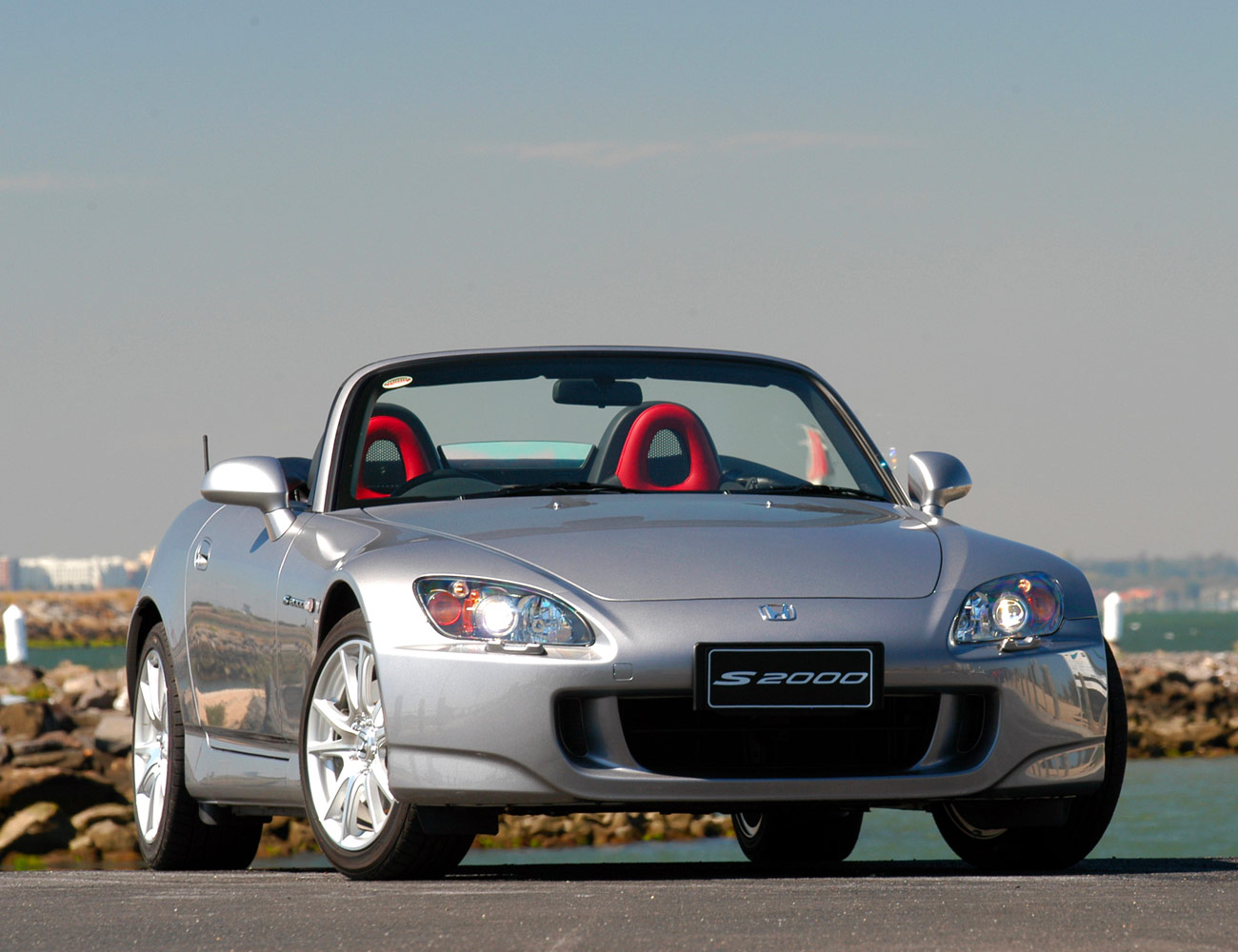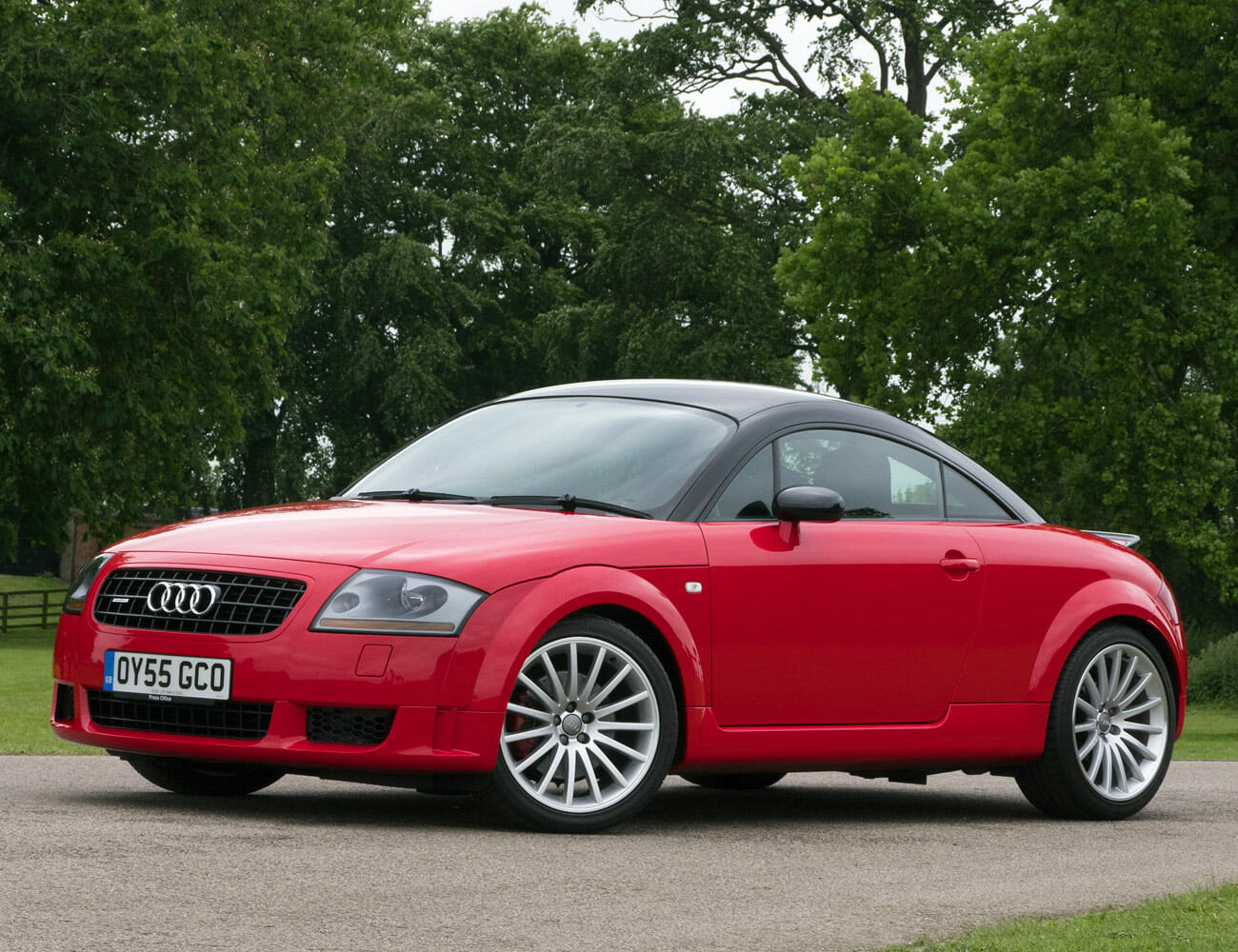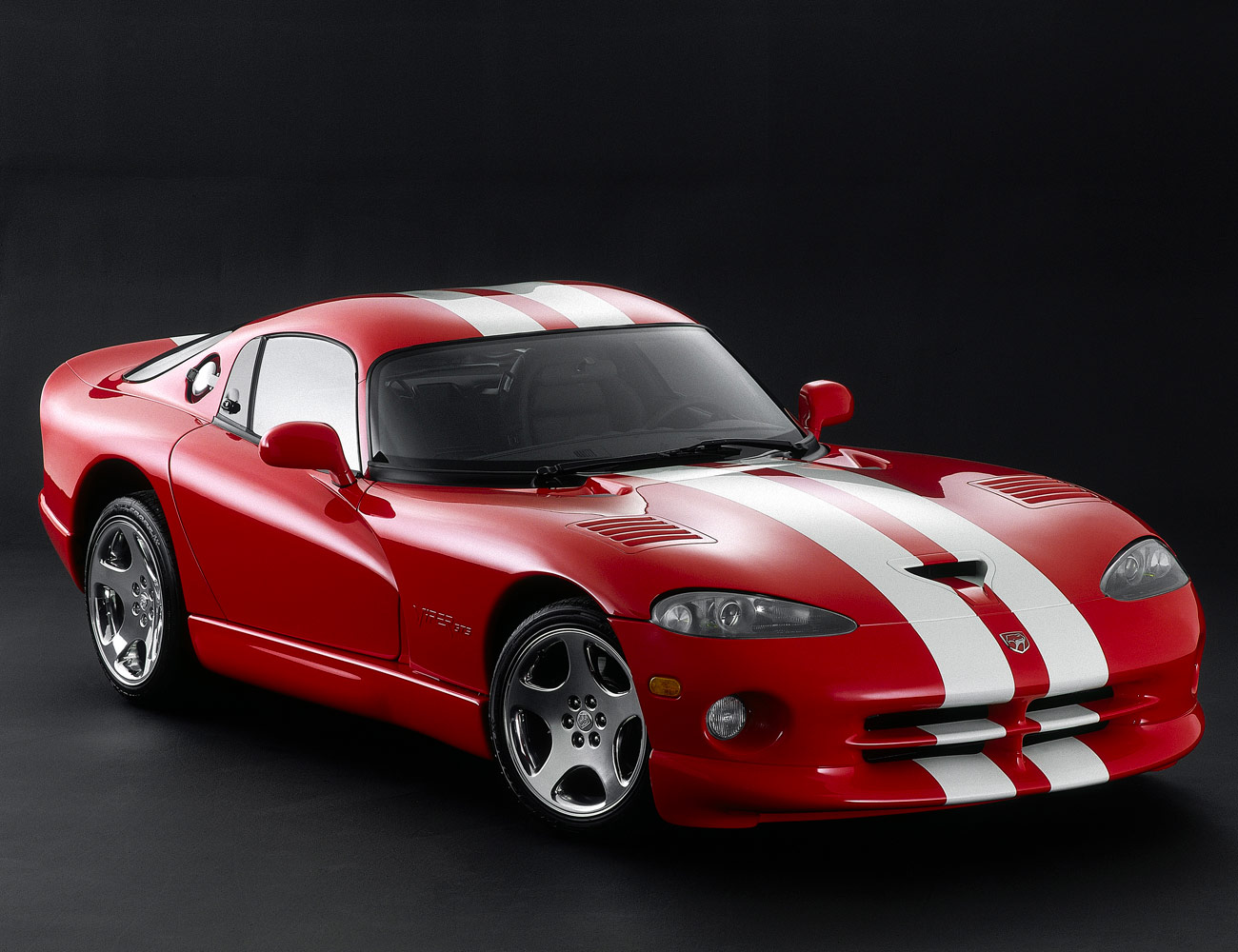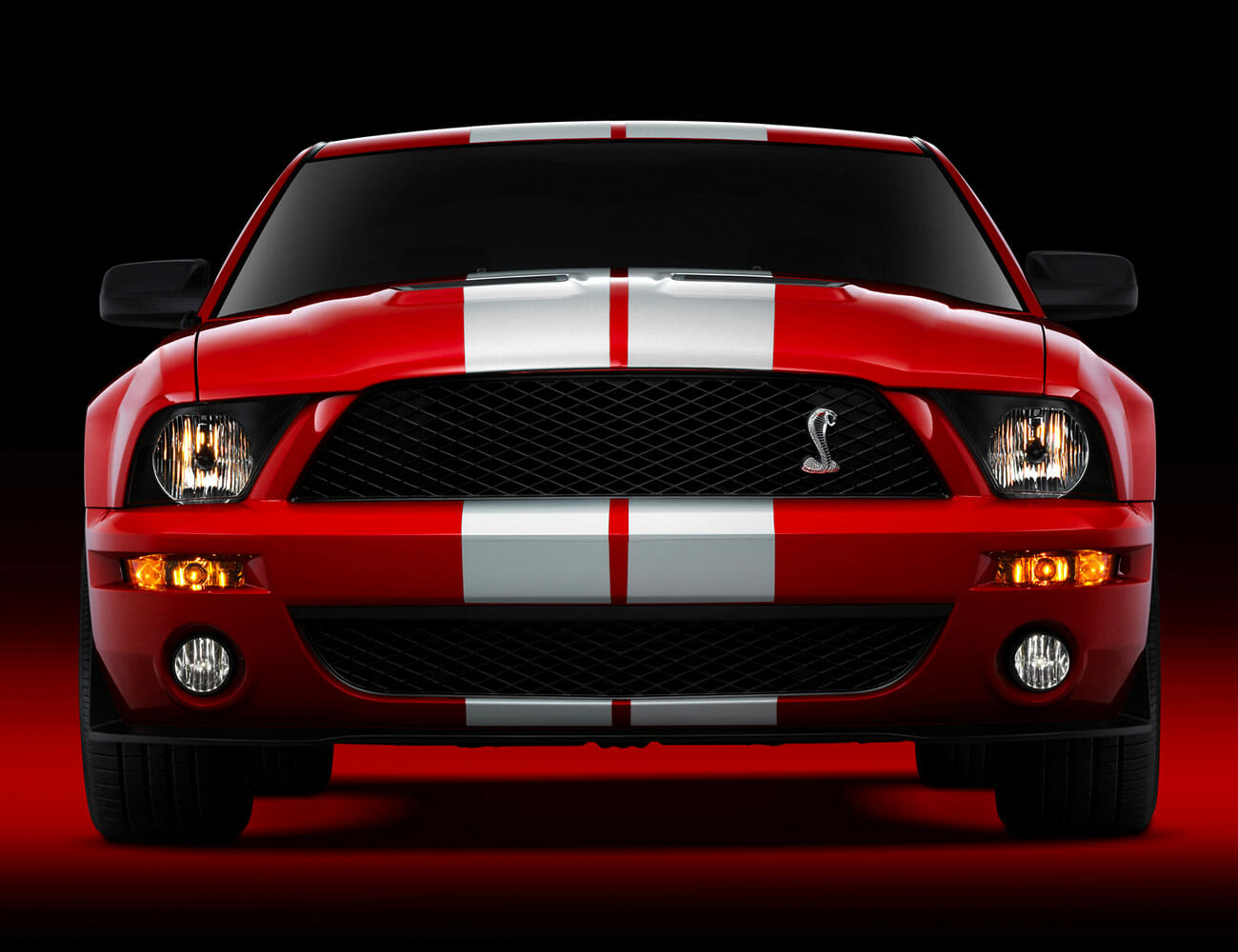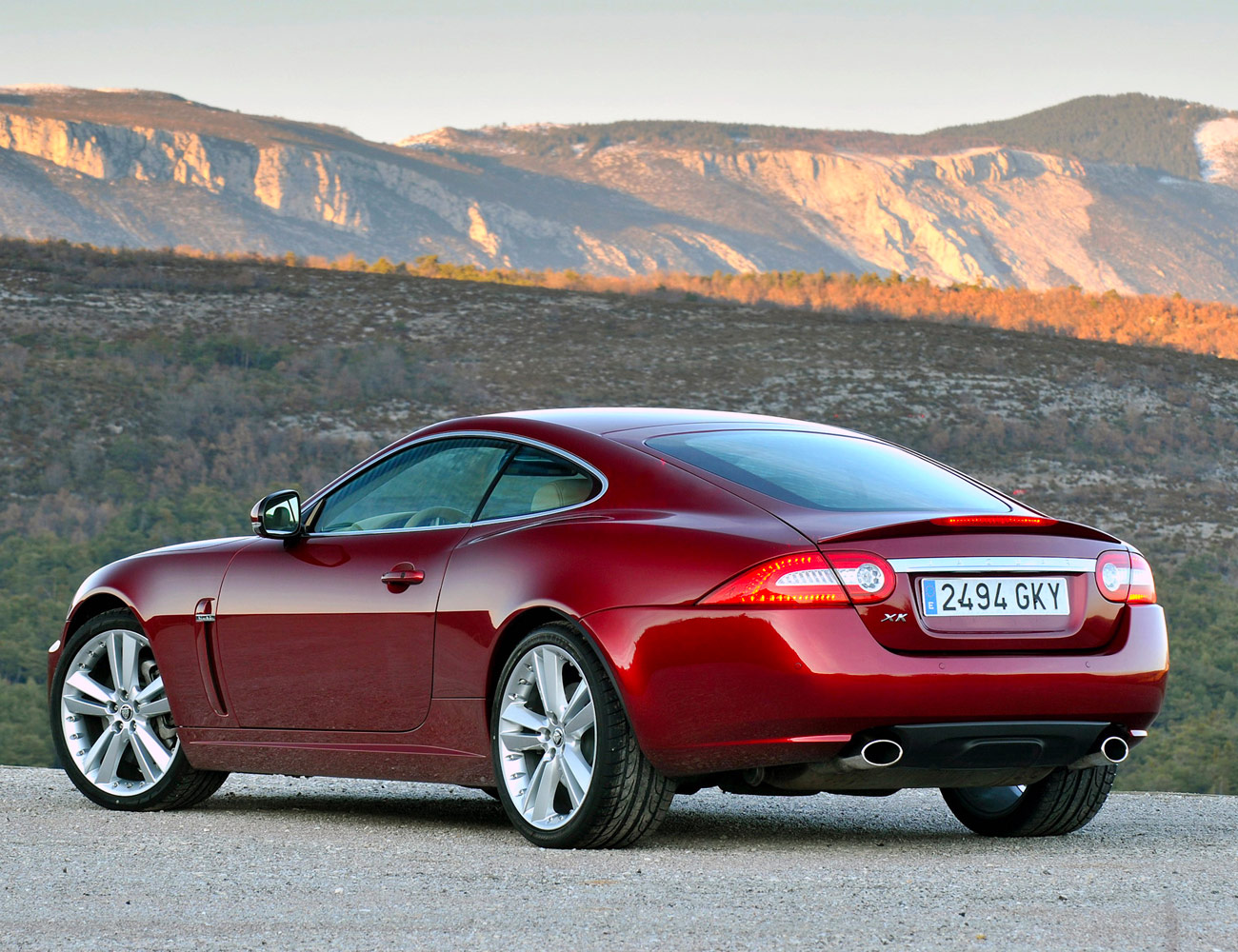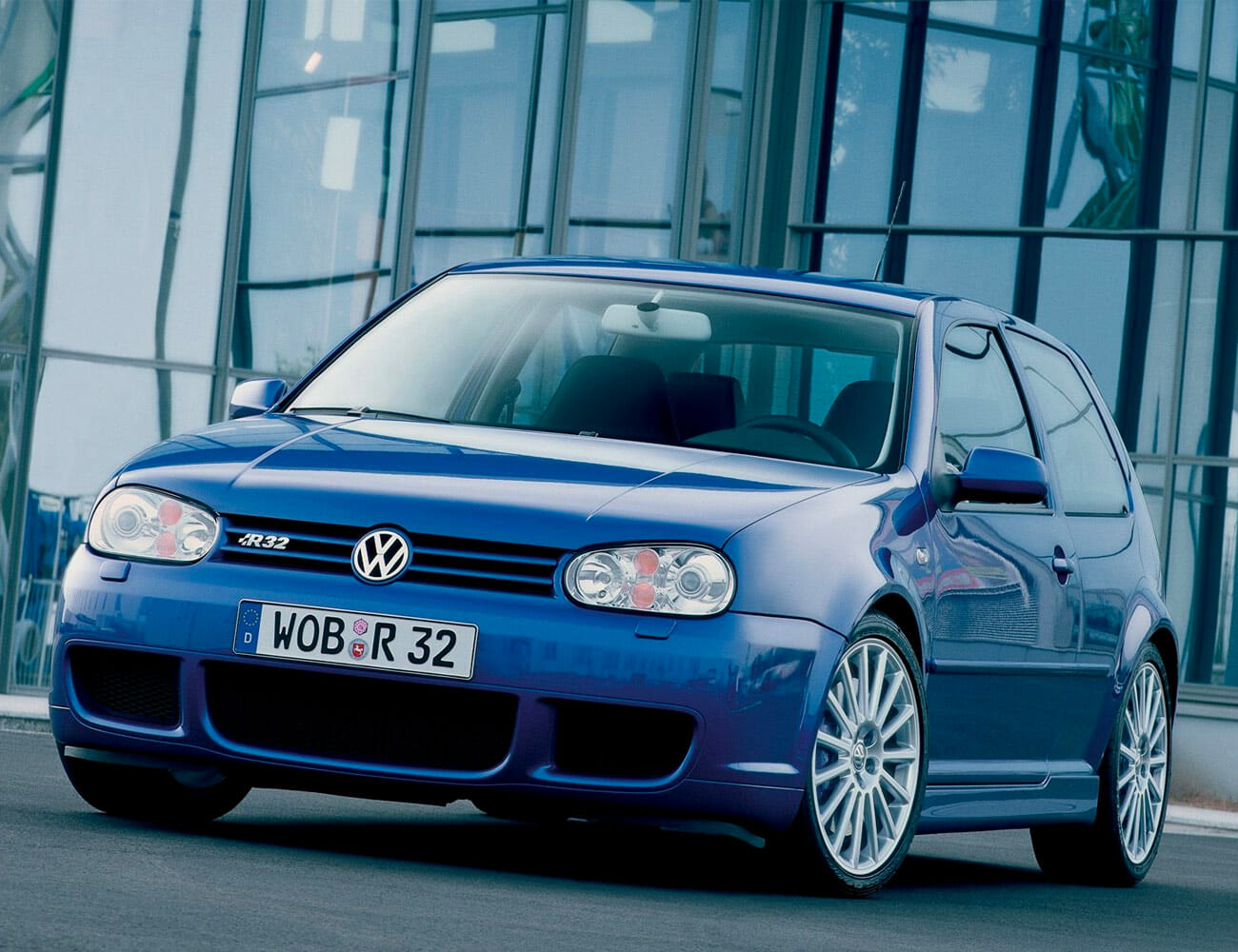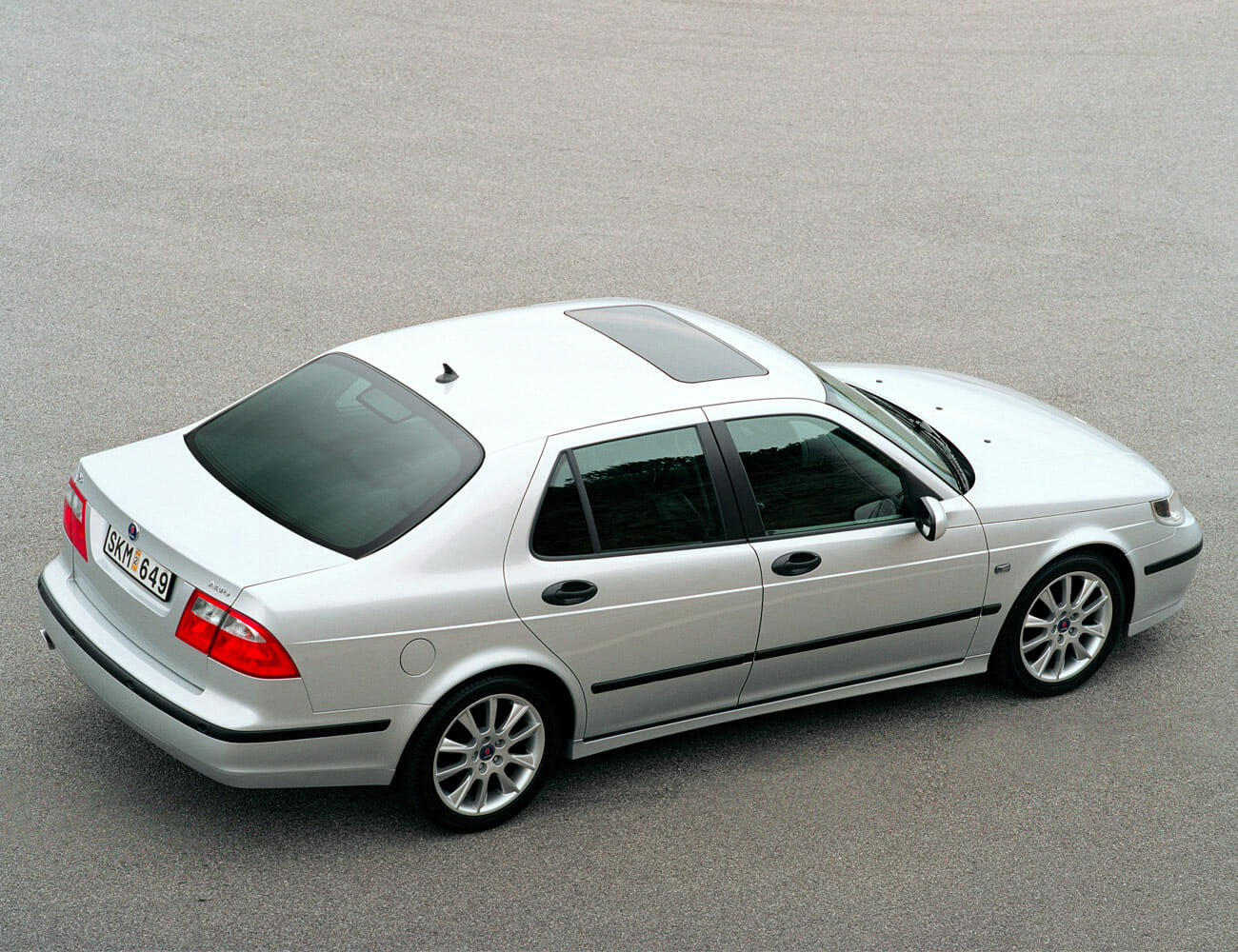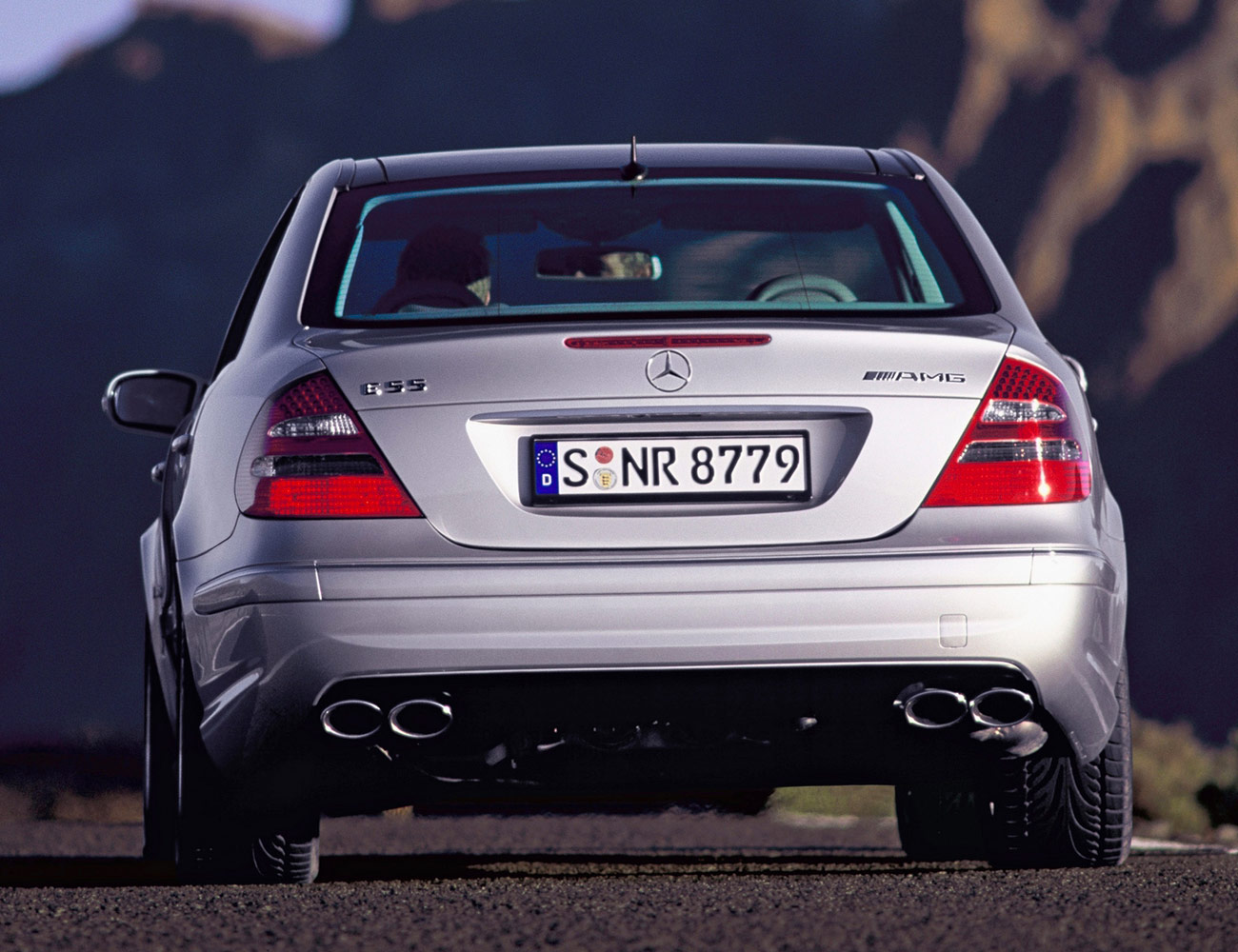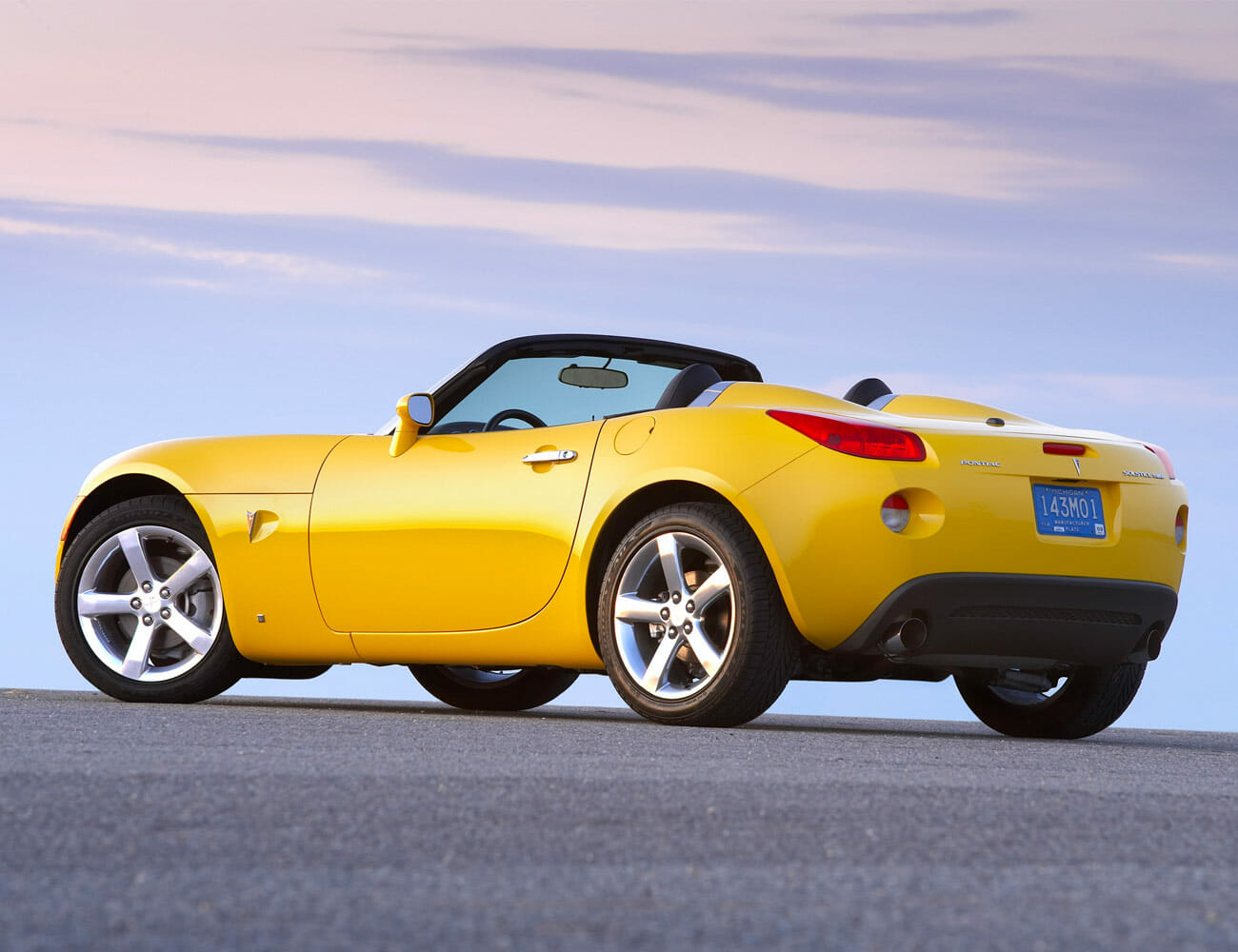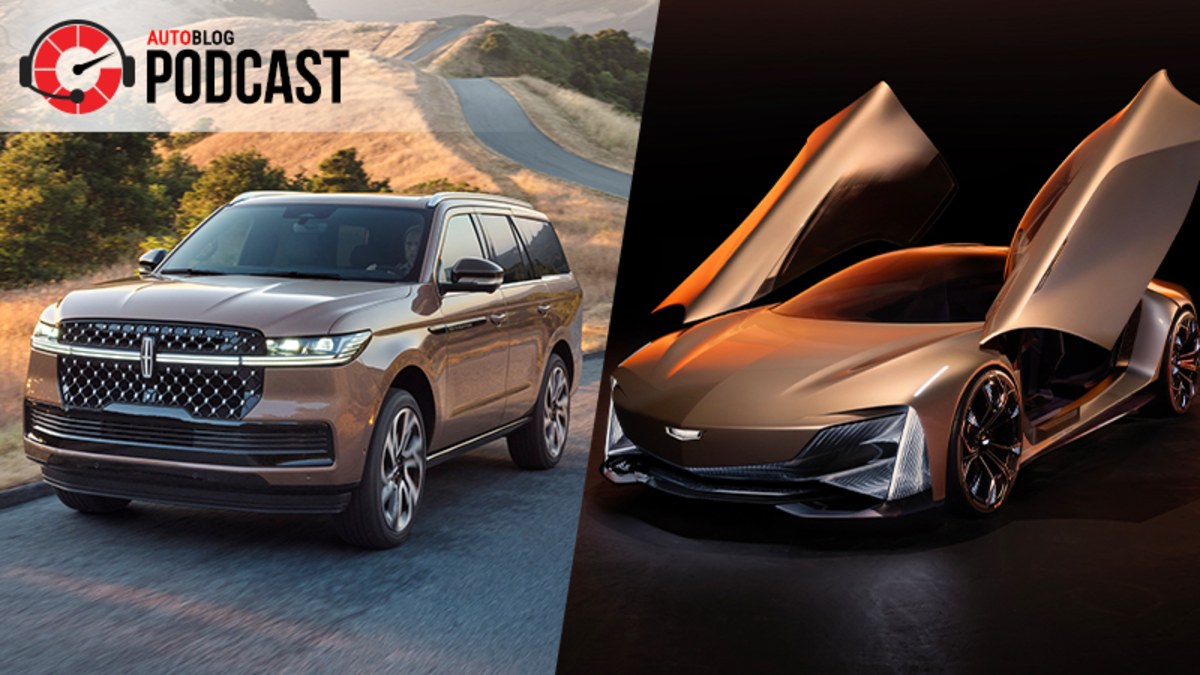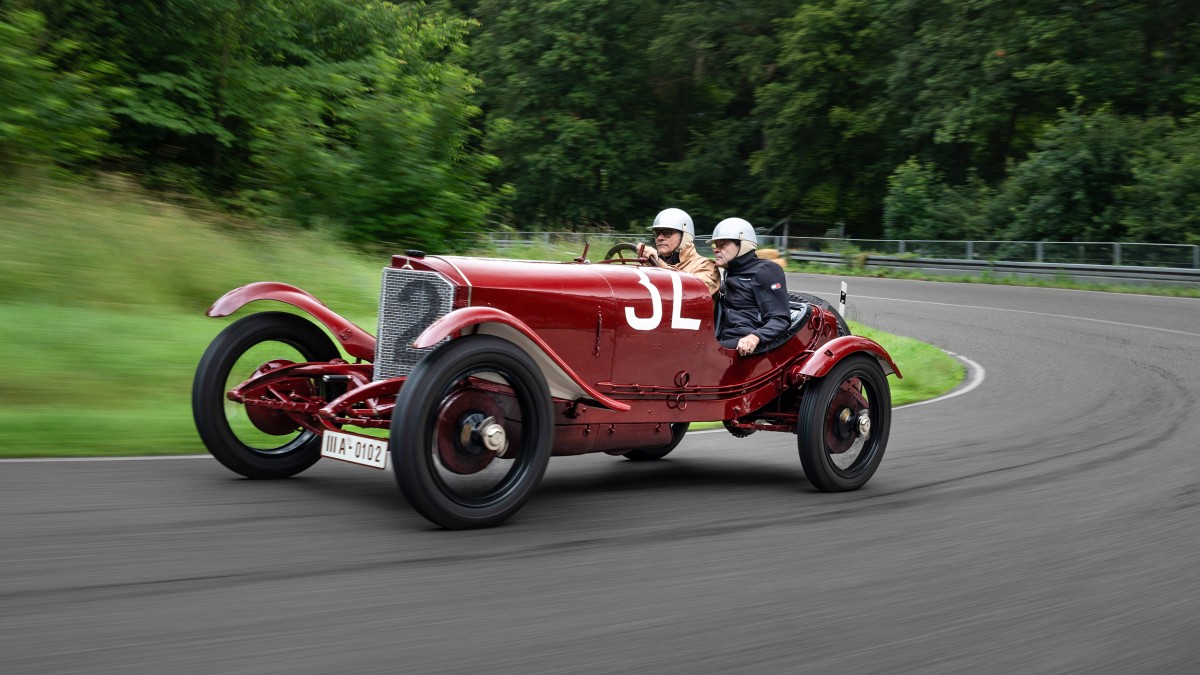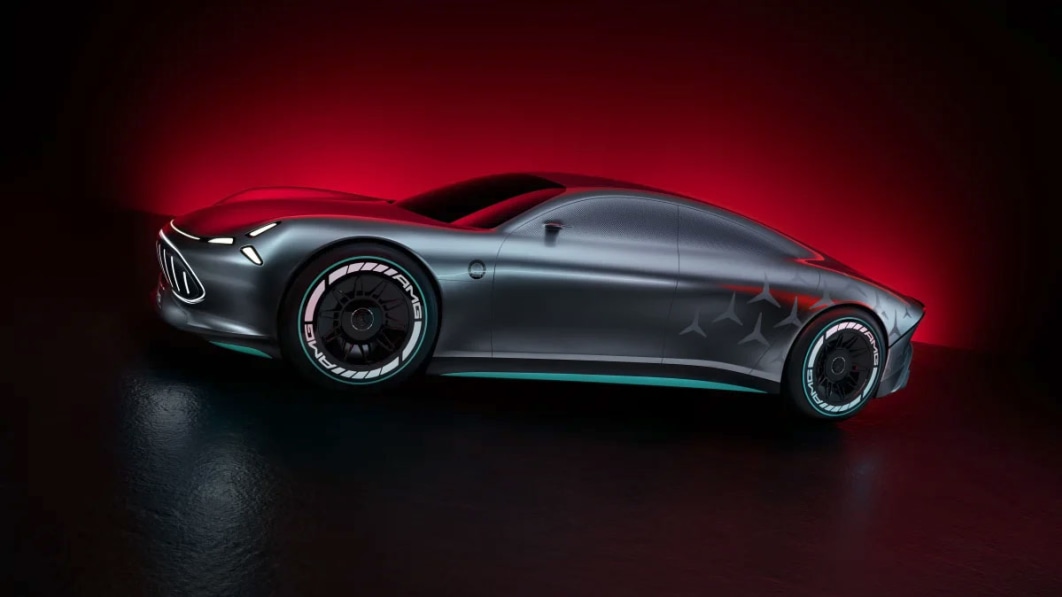Automotive nostalgia for the Nineties is having a moment. (Call it the Radwood effect.) After all, fawning over rad Japanese tuner cars from those days is more fun than reconciling ourselves with the fact that it’s been 25 years since Weezer’s self-titled blue album came out.
But all this enthusiasm for the 1990s had us wondering: Could the 2000s be next? Prices for cars from that era are still reasonable. And the defining features of many fun cars of the era — manual transmissions, naturally aspirated engines, not being crossovers — should age well moving forward.
Here, then, are 10 future classics for your consideration (and potential investment in).
BMW M3 (2000-2006)
There are the uber-purists who believe BMW lost its way in the early 1990s. For everyone else, the early 2000s were the halcyon days for BMW, with that era’s cars being a perfect fusion of modern engineering, classic BMW driving dynamics, and somewhat-conservative styling.
The E46-generation M3 may be, simply, the best car BMW has ever built. It packed the S54 3.2-liter naturally aspirated inline-six engine, with 338 horsepower and an 8,000 rpm redline. Whether it would come with a six-speed manual was a question one need not bother asking.
Honda S2000 (1999-2009)
The Honda S2000 may be the ultimate purists’ roadster. The original version had a naturally aspirated 2.0-liter VTEC putting out 247 hp — an impressive 123 hp per liter. It (only) had a six-speed manual, 50/50 weight distribution, and rear-wheel drive. With a 9,000 rpm redline and a power curve that topped out right near that limit, it was built to be driven hard. It’s also not bad to look at, whether it’s from before or after the 2004 facelift.
Audi TT (1998-2006)
The Audi TT was one of the most stunning, innovative concept cars ever — and it made it to production with its sleek Bauhaus look intact. The TT Mk1 was far more of a cruiser than a track car; the first models had to be recalled for dangerous handling at high speed. But a 225-hp engine, a smooth Audi six-speed stick, and baseball-stitched leather made it a fun car for most drivers. The best testament to the TT may be how many owners have pushed them past 150,000 miles.
Dodge Viper (1996-2002)
The Dodge Viper was the proud antithesis of the modern sports car. It had a stupidly large engine, a manual transmission, and no driving aids whatsoever. (Look out for trees.) The second-generation SR II had an 8.0-liter V10 putting out 450 hp and a six-speed manual. It kept the distinctive styling and stripped-down feel of the original, but in addition to a power upgrade, the later model added features like airbags, standard AC, and anti-lock brakes — things any sane driver would want.
Ford Mustang (2005-2014)
With the S197 — better known as the fifth-generation model — Ford decided the Mustang should look like the Mustang again. The company emulated the boxier style of the first generation and produced its best-looking Mustang since the original. It was not a mind-blowing performance upgrade over the fourth-gen, but it held true to Ford’s initial vision for a car that looked awesome, made a lot of noise and came at a price nearly everyone could afford. Indeed, it may have been too affordable: Ford opted to axe an independent rear suspension that would have improved the ride significantly but made it much more expensive.
Jaguar XK (2007-2014)
The Jaguar XK was Jaguar’s 2+2 grand tourer. Famed designer Ian Callum penned the second generation, and it was one of the cars that helped reestablish Jaguar as a sporty, sexy car manufacturer. There was no manual option, only a six-speed ZF automatic, but the XK makes up for it by offering three variants: naturally aspirated V8, supercharged V8, and even beefier supercharged V8. This wasn’t a Bond car, but it’s a car that can make you feel like James Bond on a budget: Even well-kept performance XKR versions with low mileage gavel for less than $30,000 on Bring a Trailer.
Volkswagen Golf R32 (2004)
The R32 is among the standouts from the Volkswagen Golf line. It was VW’s halo Golf for the Mk4 generation, and only sold in the U.S. for the 2004 model year. The R32 had every option and a massive (for a hot hatch) 3.2-liter VR6 engine putting out 238 hp and 236 lb-ft of torque. It also came with two excellent transmission options, a six-speed manual or a six-speed dual clutch transmission — the first to appear in a production car.
Saab 9-5 Aero (2000-2009)
Saabs were quirky, comfortable and Swedish — before the fallout of the GM bankruptcy made the brand all but defunct in the early 2010s. The 9-5 Aero was a performance version of the 9-5 executive sedan. It was a Saab that could haul ass — to a degree. The torque-heavy 2.3-liter turbo four’s output figures of 250 hp and 258 lb-ft were reportedly significantly understated. It could also be fitted with a five-speed manual.
Mercedes-Benz E55 AMG (2003-2006)
The second-generation Mercedes-Benz E55 AMG was the precursor to the E63 AMG. It came as both a sedan and a wagon, and its supercharged 5.4-liter V8 produced 469 hp and 516 lb-ft. When new, it was the fastest four-door vehicle in the world: It accelerated from 0-100 mph in less than 10 seconds, more than a second quicker than the Audi RS6 and faster than a Corvette Z06. It only offered a five-speed automatic, because Mercedes’ seven-speed at that time could not handle the torque.
Pontiac Solstice GXP (2007-2009)
GM gave the Pontiac brand the boot during its restructuring — sadly, just as it was producing fun, intriguing cars. The Solstice was a classic two-seater, available as a coupe or a convertible. The GXP version had a 2.0-liter turbocharged inline-four putting out 260 hp and 260 lb-ft (though it could be tuned beyond that at the dealer) and an available five-speed manual. It weighed less than 3,000 pounds, and accelerated from 0-60 mph in 5.5 seconds. The car’s production also included some period-perfect GM cost-cutting measures, but we won’t hold that against it.

